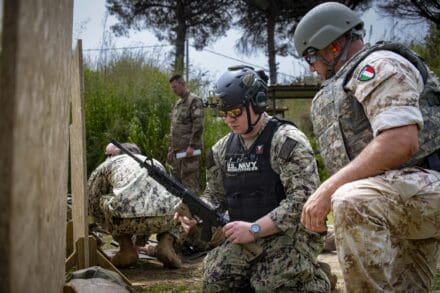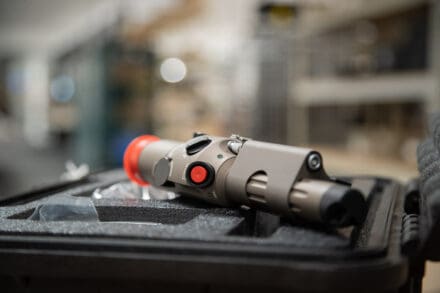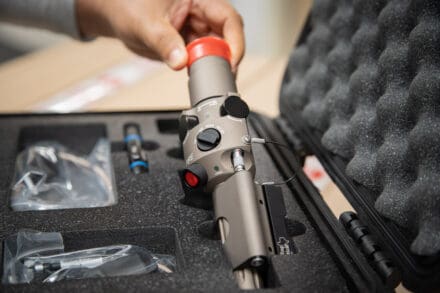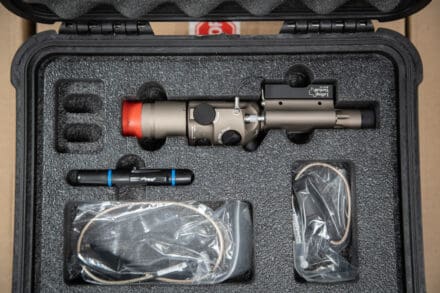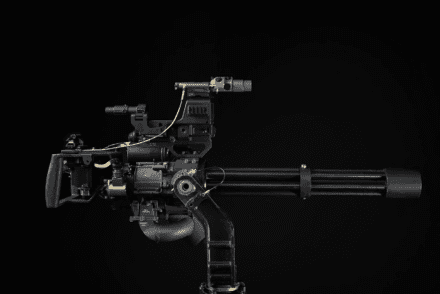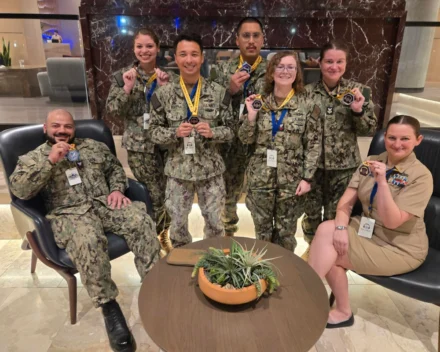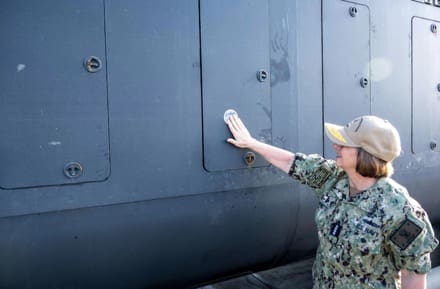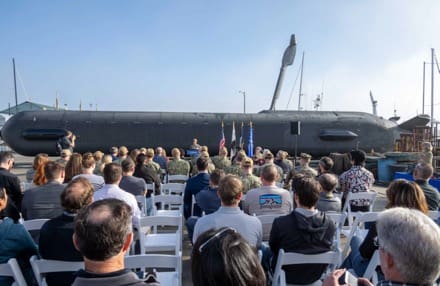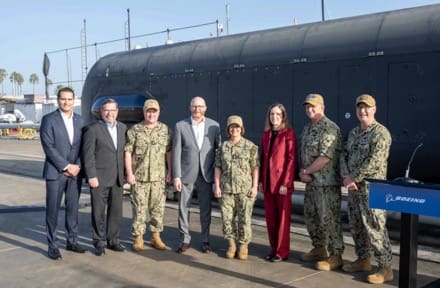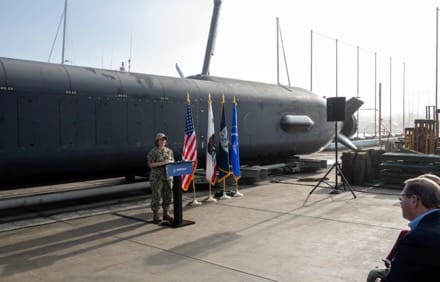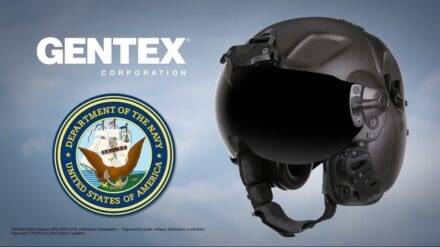NORFOLK, Va. – Information Warfare Squadron (IWRON) Two, a first-of-its-kind unit designed to operationalize Information Warfare (IW) capabilities and provide decisive decision advantage to Carrier Strike Group Commanders, was established, Dec. 5.
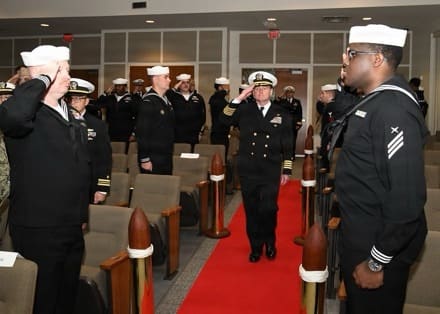
This command is being stood up as part of a 48-month pilot program that received unanimous approval at the Fleet Commanders’ Readiness Council (FCRC) in June of 2025. The FCRC is a forum where top Navy leaders develop integrated solutions to Fleet-wide issues necessary to support warfighting, mission effectiveness, and sustain readiness wholeness. This pilot program will be a period of learning, adaptation, and innovation, with a focus on improving readiness, refining doctrine, evaluating the effectiveness of integrated IW capabilities and increasing lethality across the Carrier Strike Group.
“This isn’t just another ceremony, this is a paradigm shift in how we fight and win in the 21st century,” said Vice Adm. Mike Vernazza, commander, Naval Information Forces. “For too long, Information Warfare has been a collection of vital but often disparate capabilities. Today, we change that. Today, we forge a unified force, a sharpened spear, ready to deliver the necessary decisive decision advantage to our Carrier Strike Group Commanders in any environment.”
The establishment of IWRON Two addresses the increasing complexity and sophistication of global threats, which actively seek to exploit vulnerabilities from seabed to space. The IWRON construct, modeled after the successes of Air Wings and Destroyer Squadrons, streamlines the chain of command, aligns warfare commander authorities, and consolidates responsibilities under a single accountable commander, thereby enhancing speed, agility, and decisive action.
“The IWRON construct represents a bold step forward,” said Vernazza. “We are integrating and employing advanced IW capabilities and delivering them as a unified force across the spectrum of conflict. We are employing IW warfighting effects in a way that has never been demonstrated before. To get to outcomes we haven’t had, we need to do things we haven’t done…this is one of them.”
IWRON TWO brings together talent from across the IW community, including the Carrier Strike Group staff, the Strike Group Oceanography Team, the Fleet Intelligence Detachment DC, the Navy Cyber Defense Operations Command, the Navy Information Operations Command, and the Naval Information Warfare Training Group.
CAPT Jon O’Connor assumed command of IWRON Two.
“IWRON-2 will not only meet, but exceed the standards of excellence because we must. Our mission demands it. We are here to strengthen the readiness, lethality, and survivability of our Carrier Strike Groups by integrating our advanced IW capabilities,” said O’Connor. “This is about warfighting, pure and simple.
The Sailors who comprise the initial cadre of IWRON Two were recognized for their pivotal part of this new command.
“Your willingness to embrace this challenge, to be pioneers in this new frontier of warfare, is a testament to your dedication and your commitment to our Navy. You are the lifeblood and decisive warfighting advantage of our Navy. Your work here will pave the way for future generations of Information Warfare professionals for years to come.” said Vernazza.
IWRON Two will serve as the pilot squadron on the East Coast, with another squadron being established on the West Coast in 2026.
The establishment of Information Warfare Squadron Two marks a crucial step forward in ensuring the U.S. Navy remains the premier warfighting force – ready, capable, and unmatched.
NAVIFOR’s mission is to generate, directly and through our leadership of the IW Enterprise, agile and technically superior manned, trained, equipped, and certified combat-ready IW forces to ensure our Navy will decisively DETER, COMPETE, and WIN.
For more information on NAVIFOR, visit the command Facebook page at www.facebook.com/NavalInformationForces or the public web page at www.navifor.usff.navy.mil.
Via Naval Information Forces



